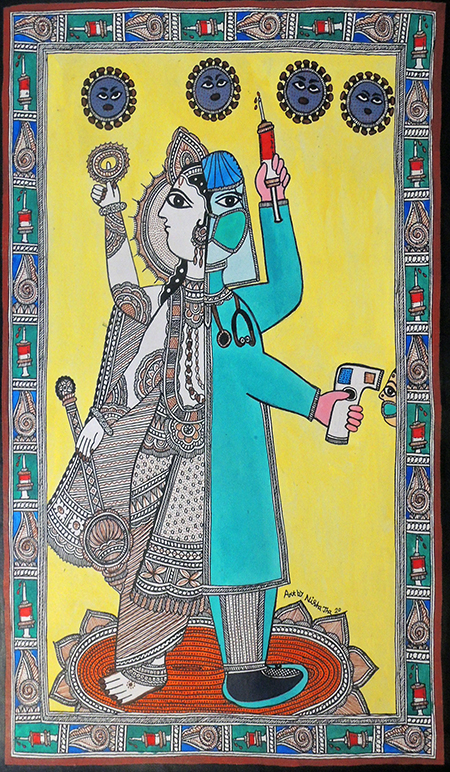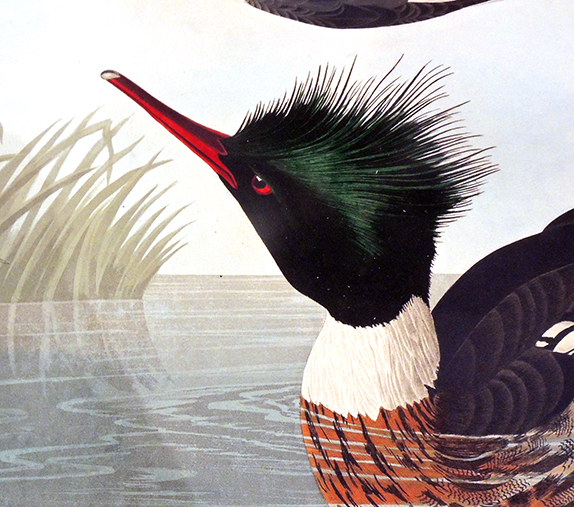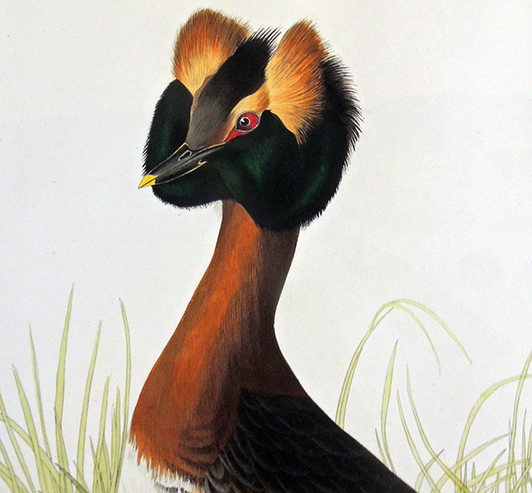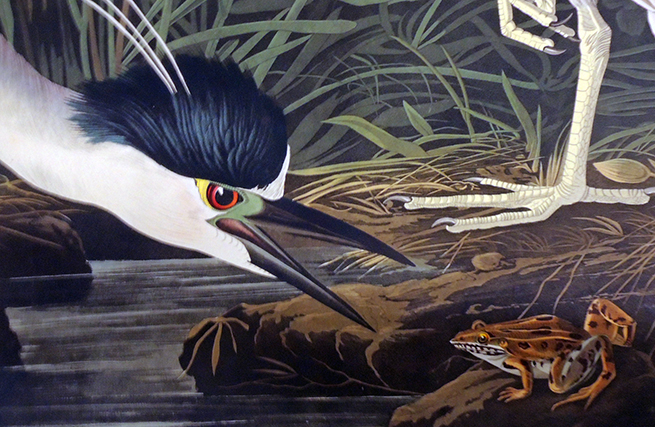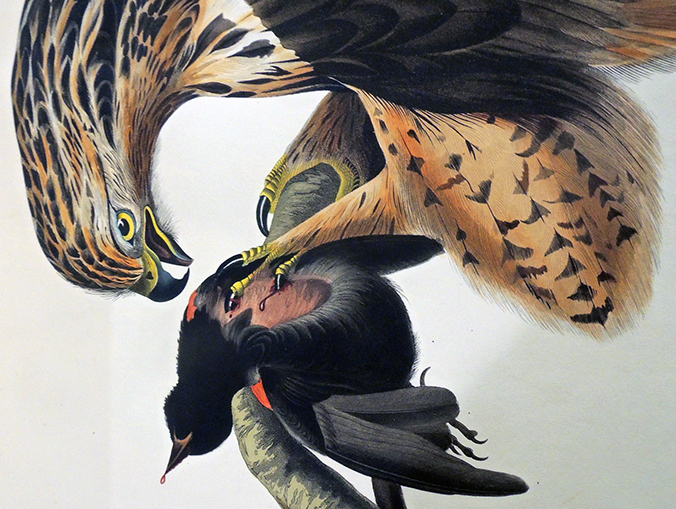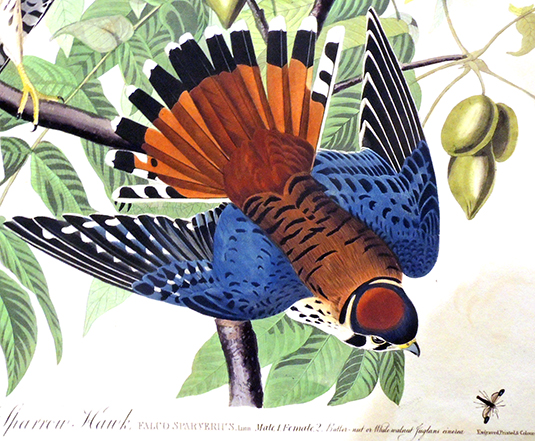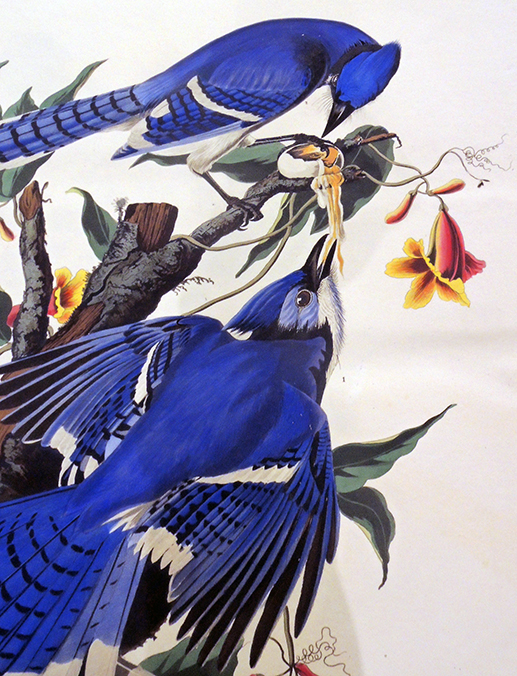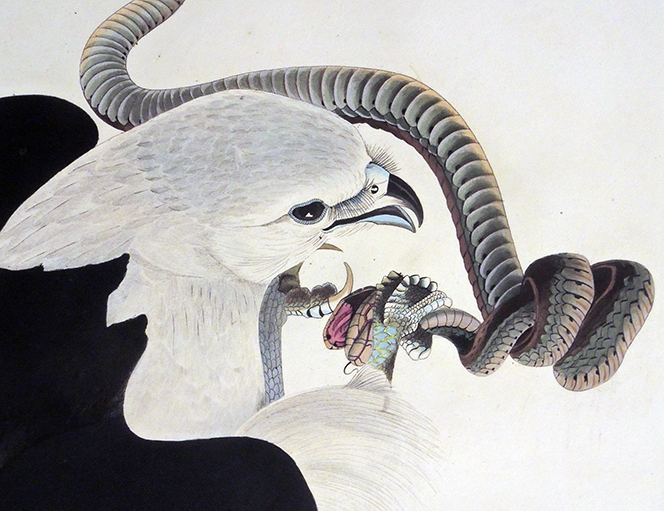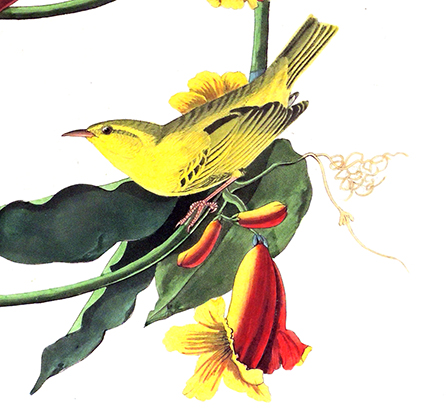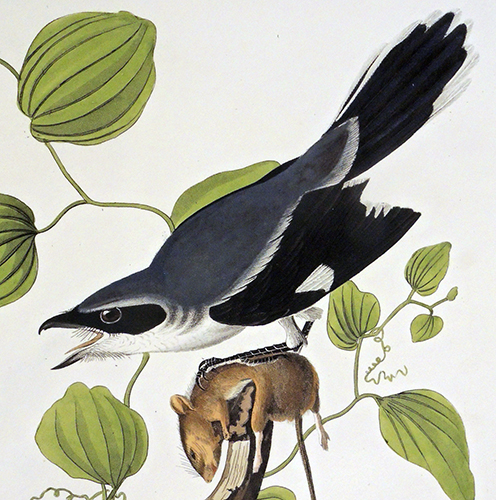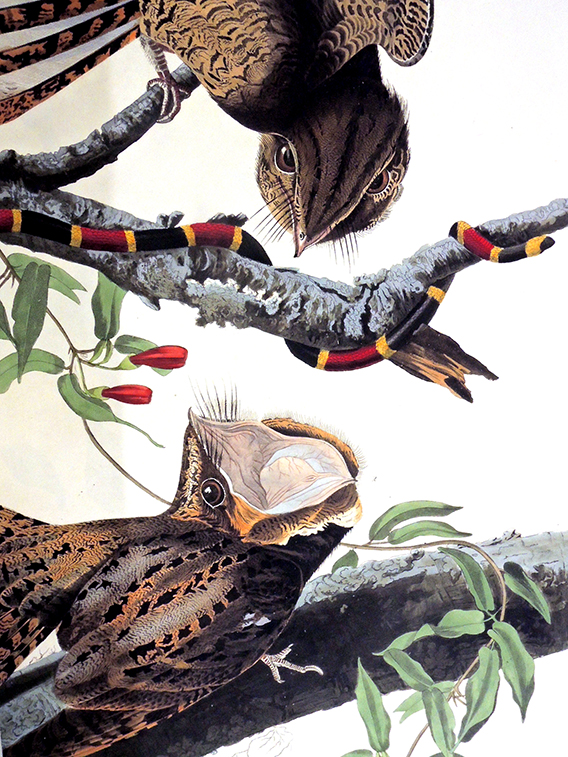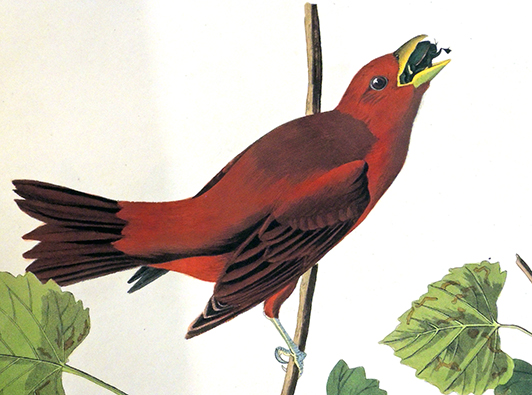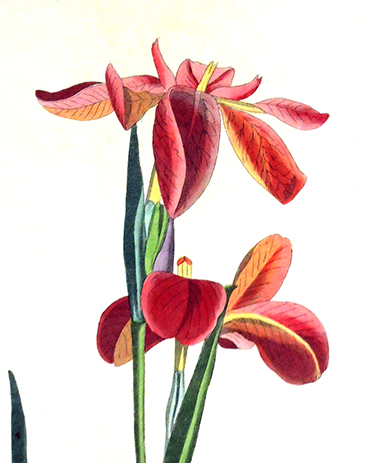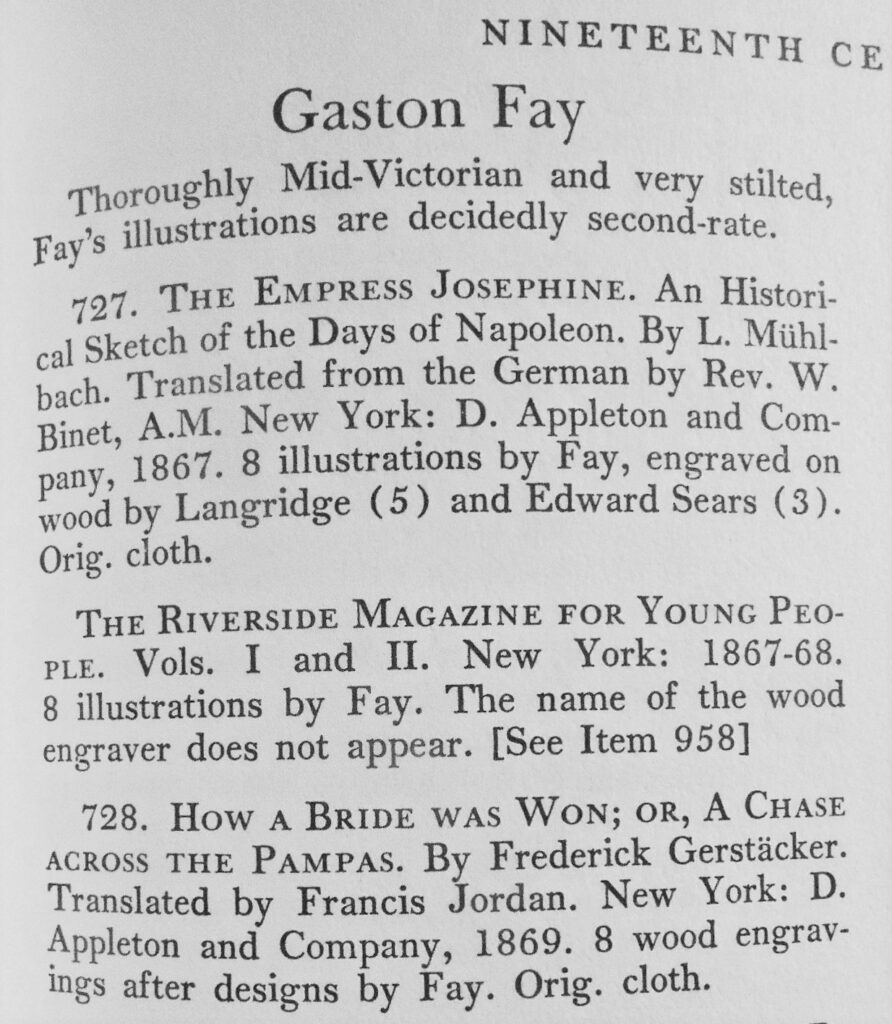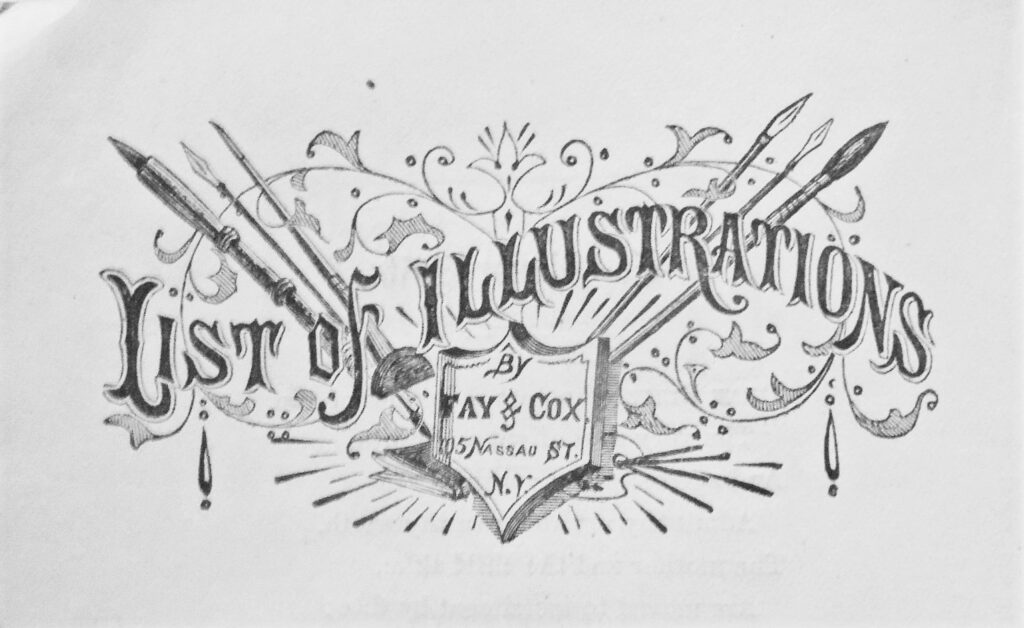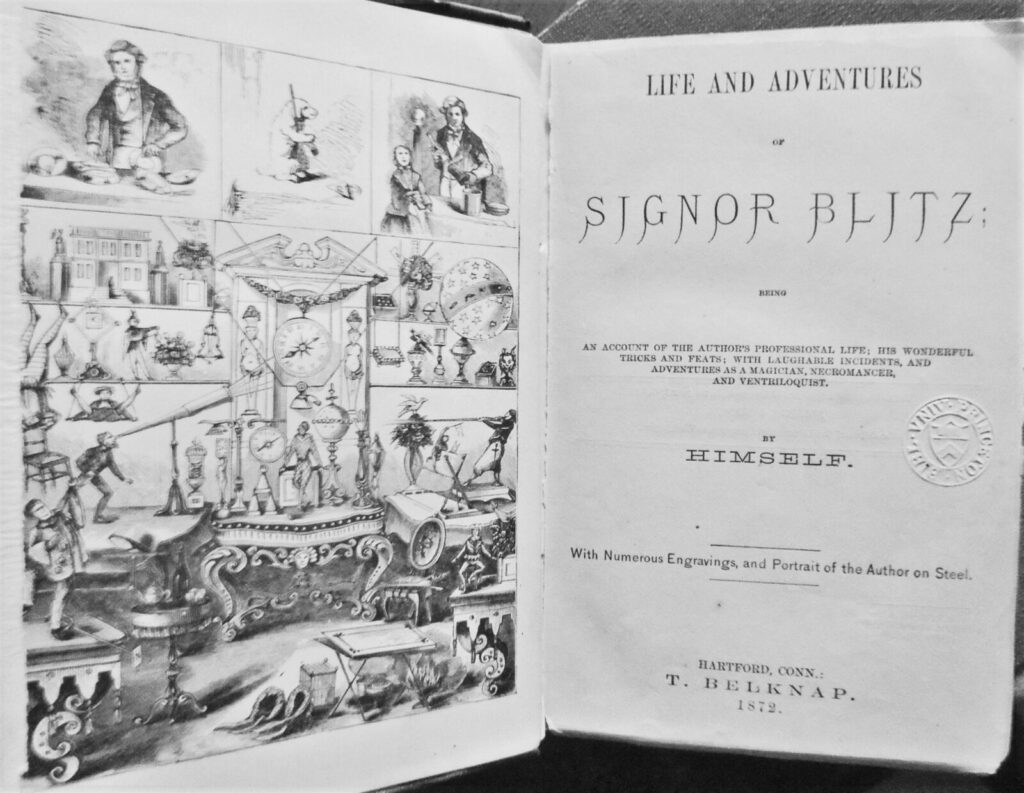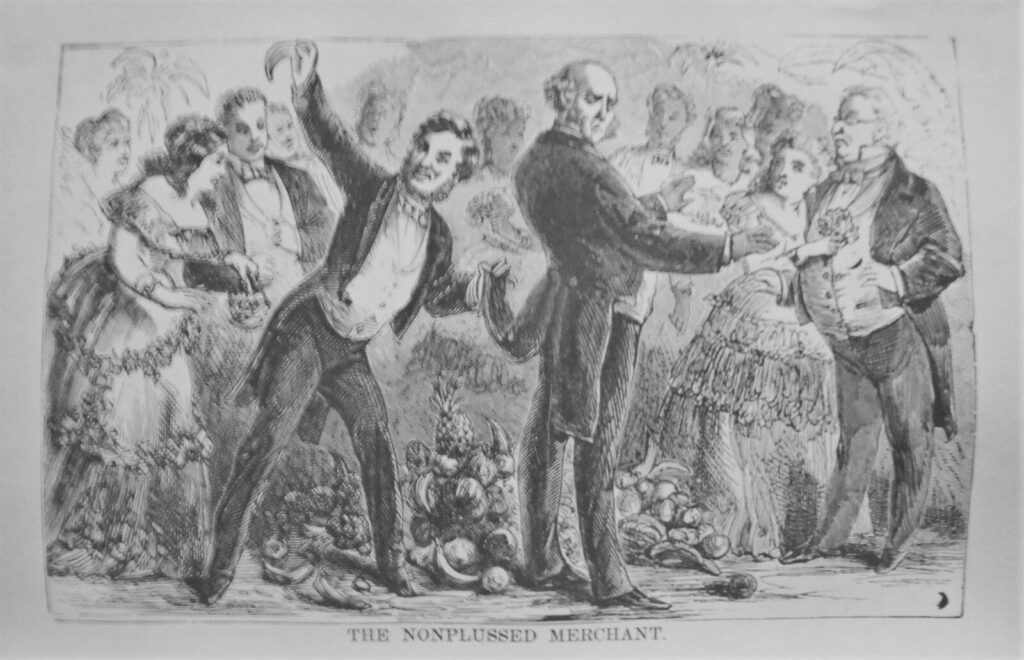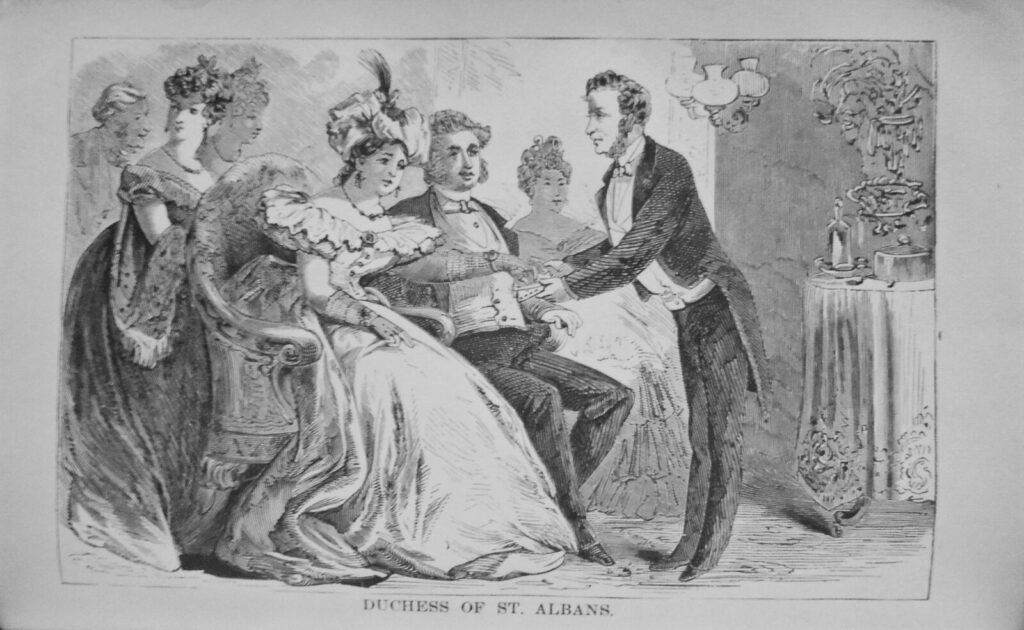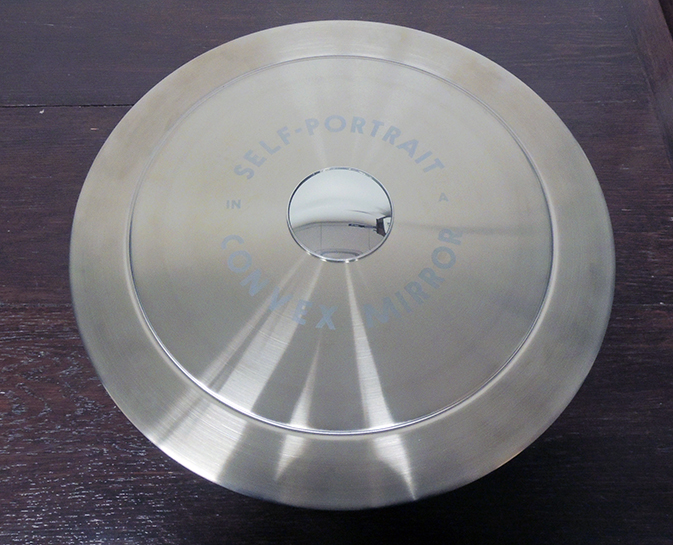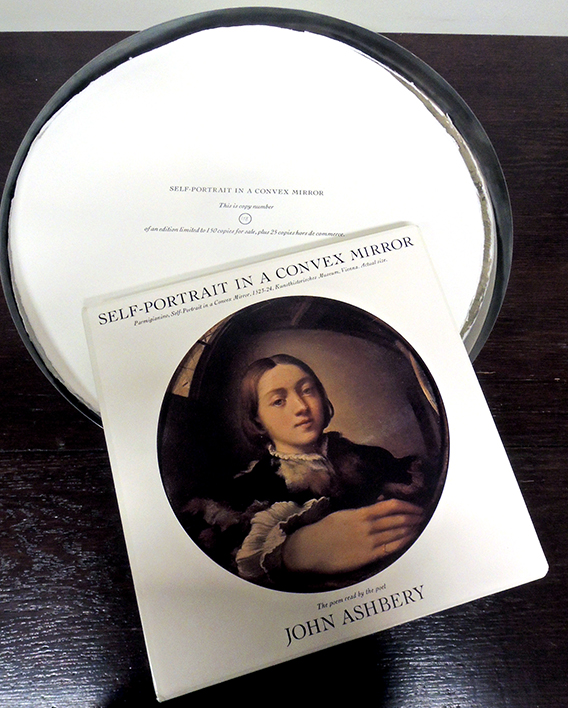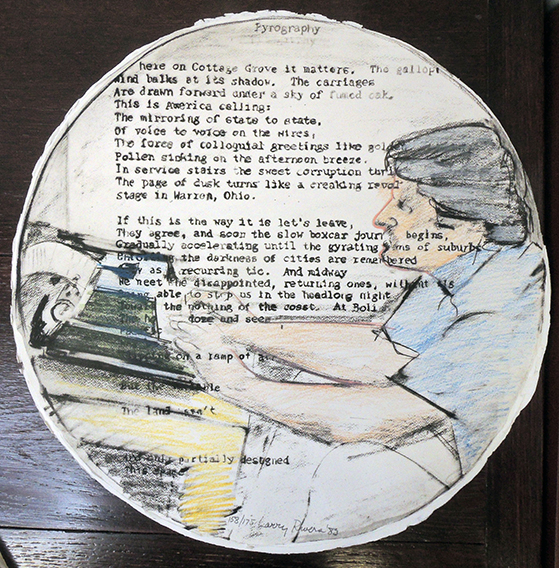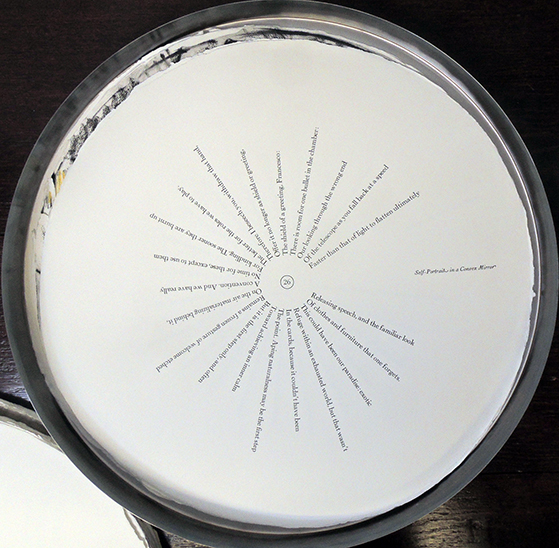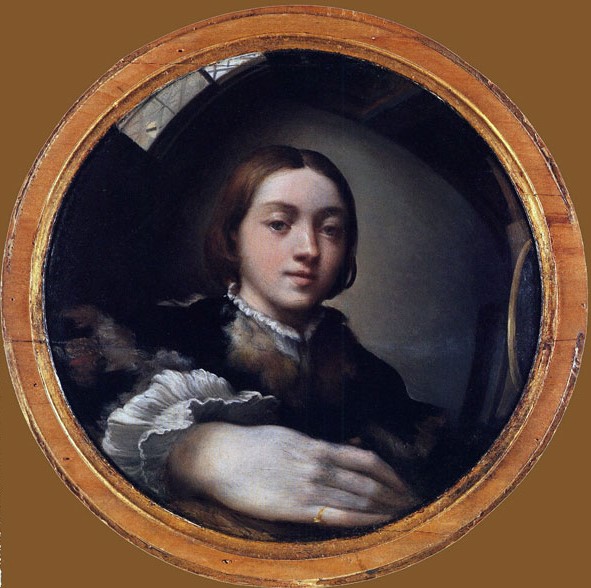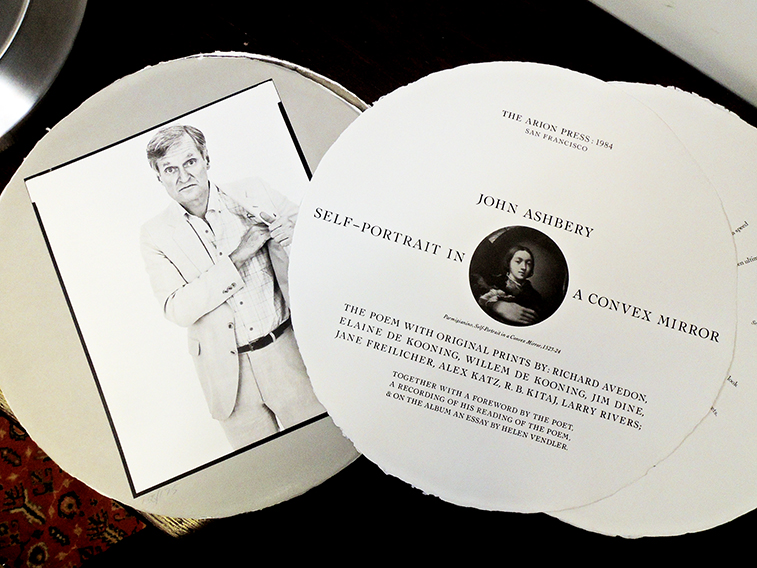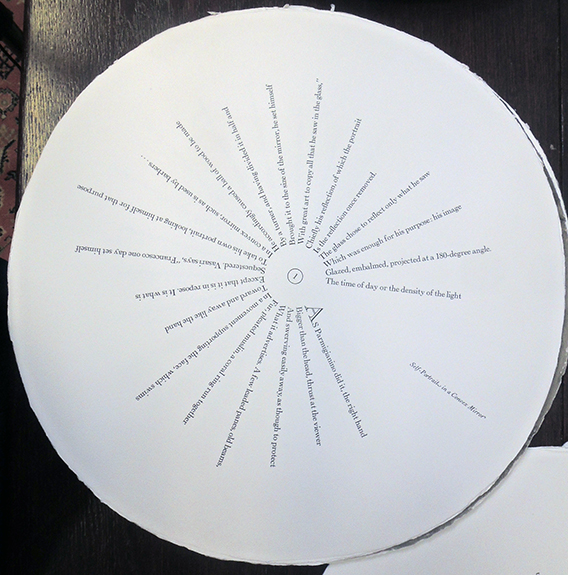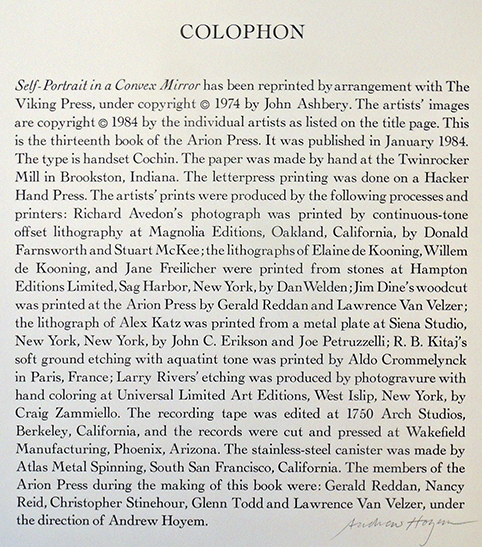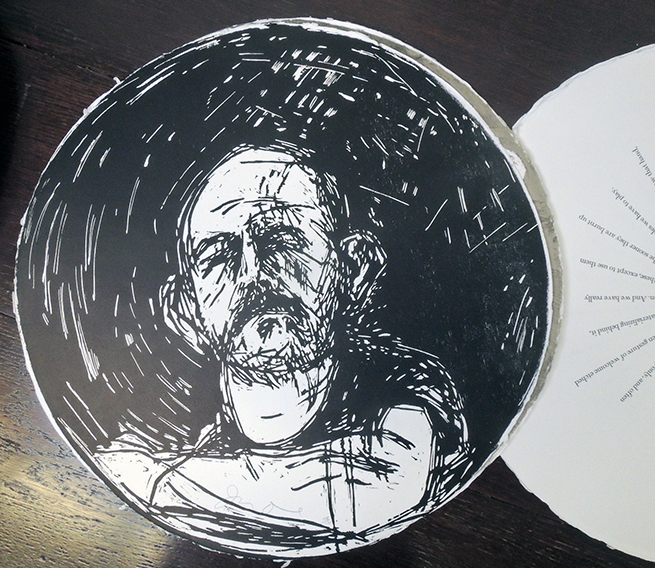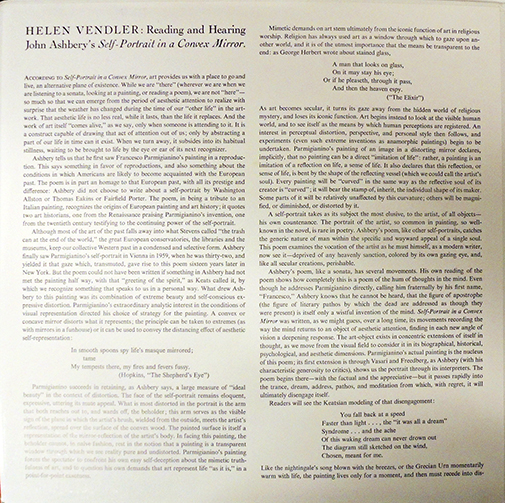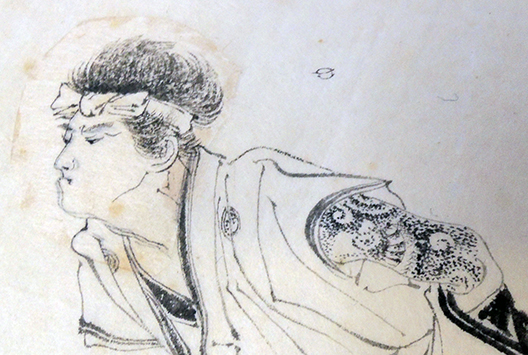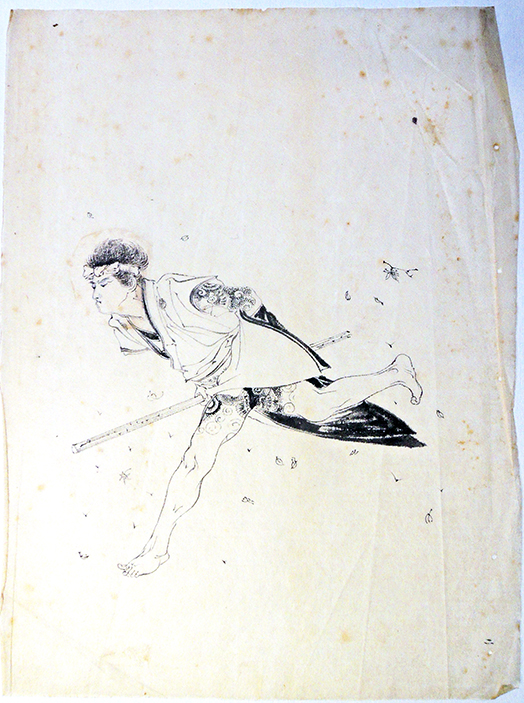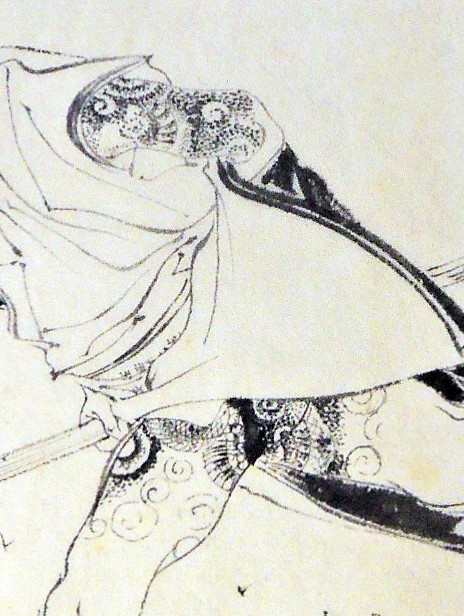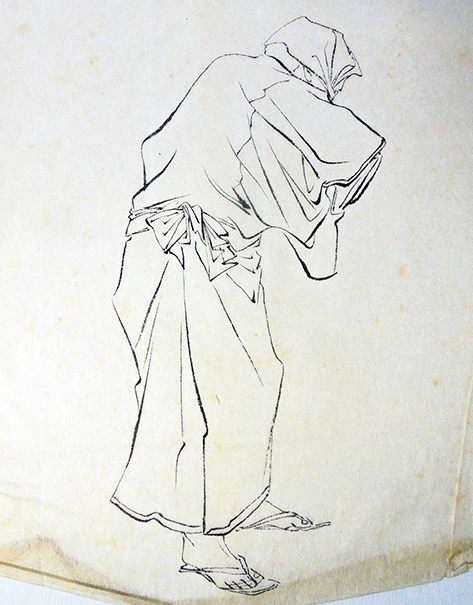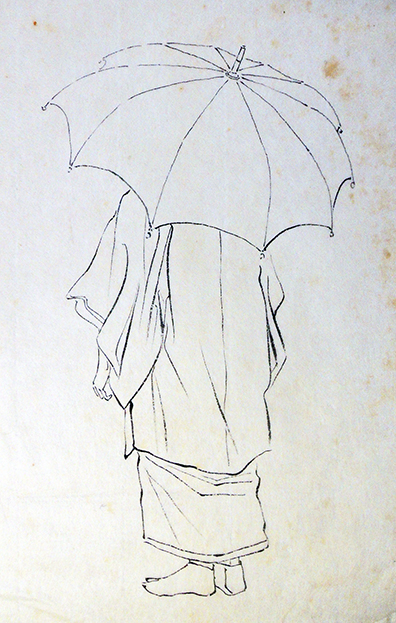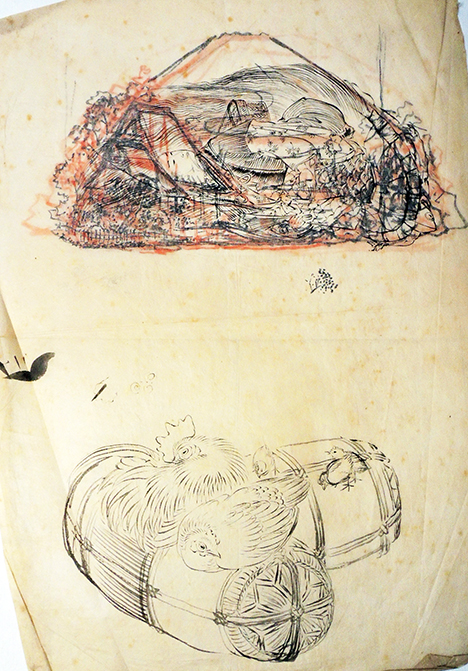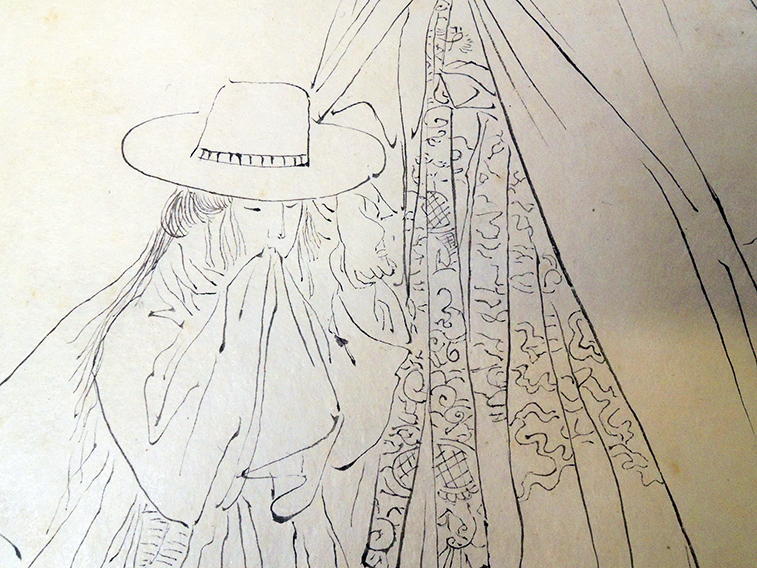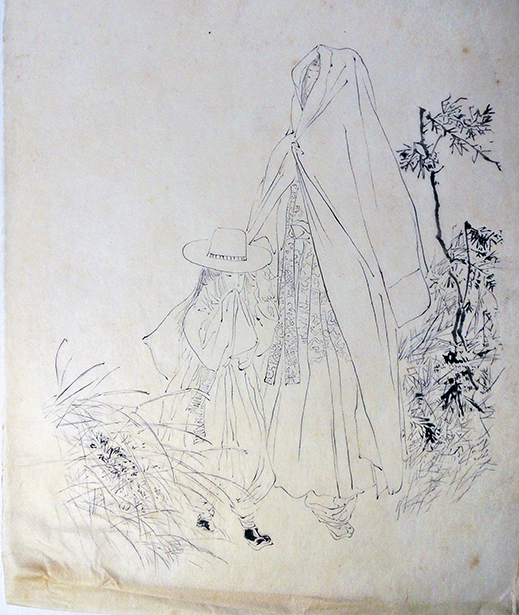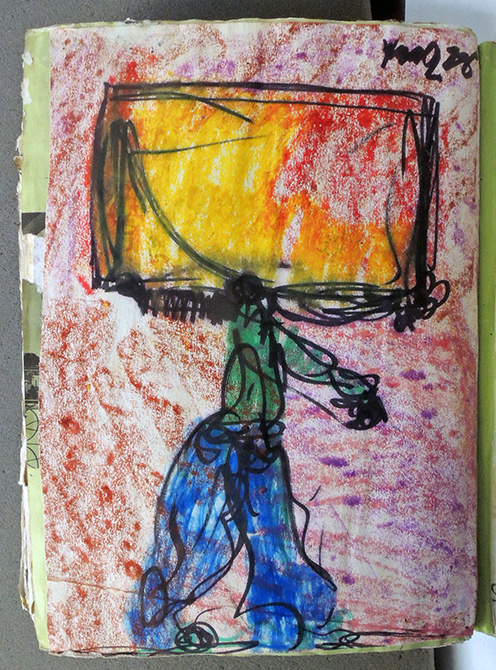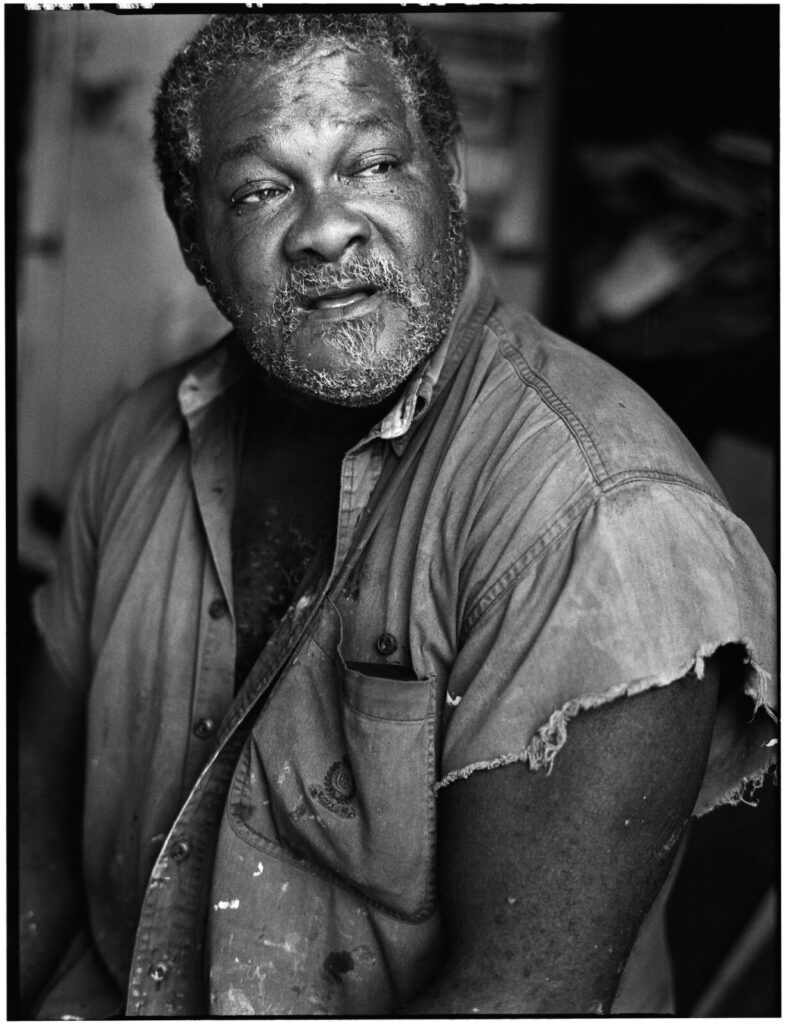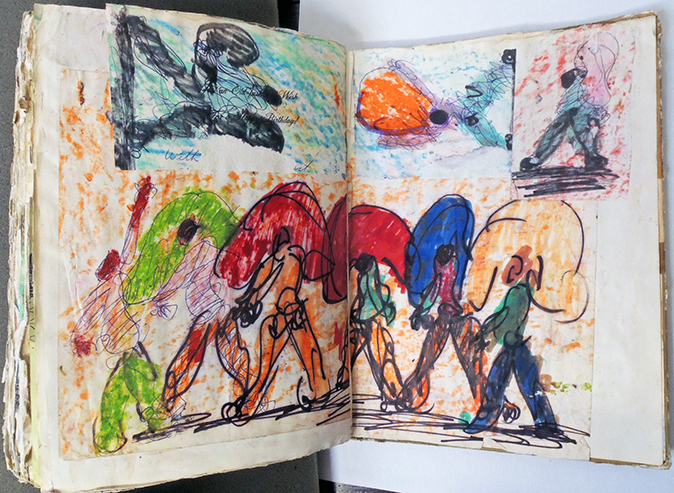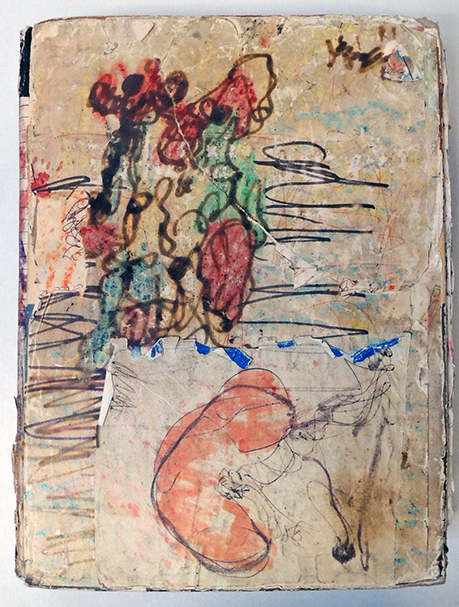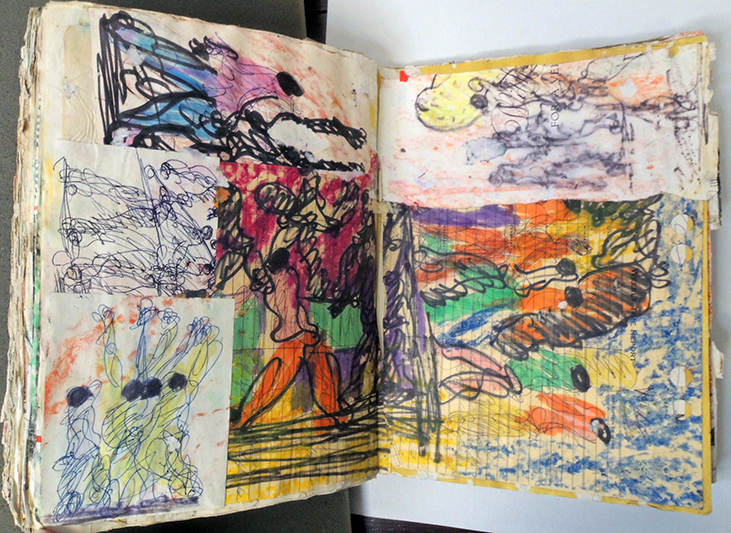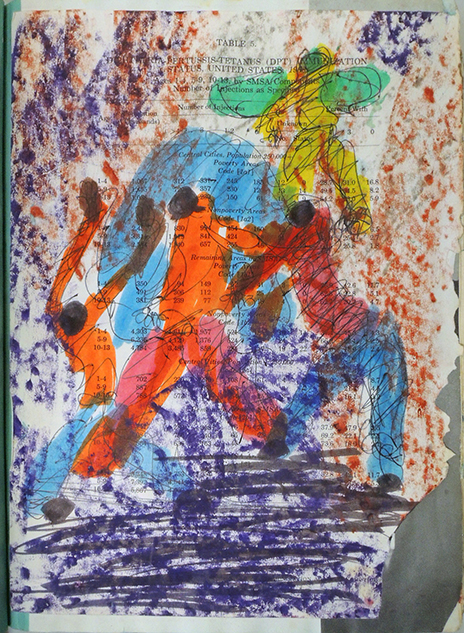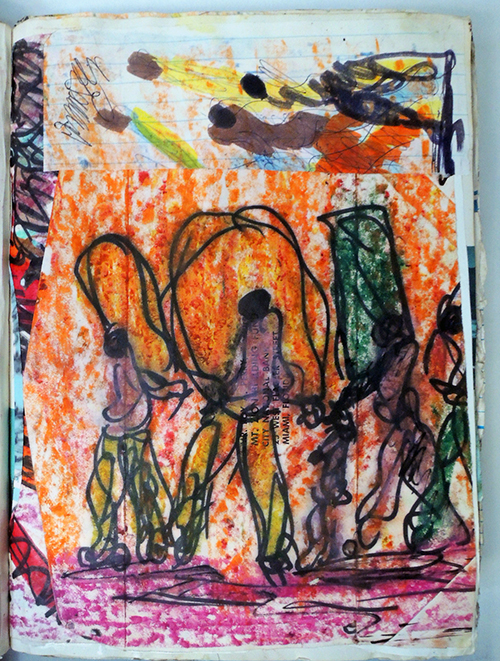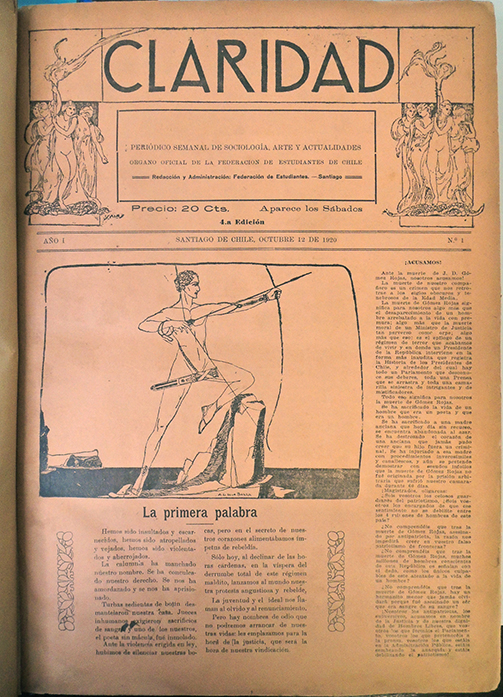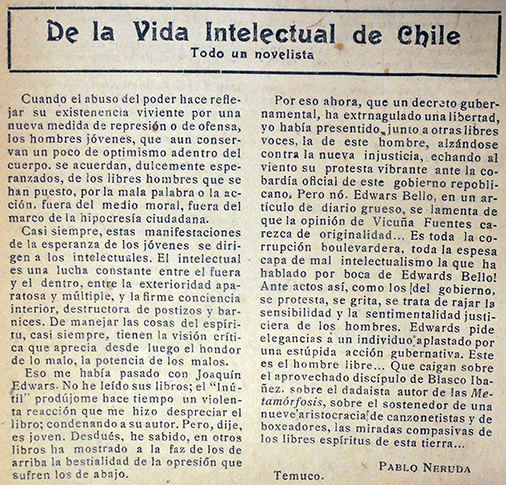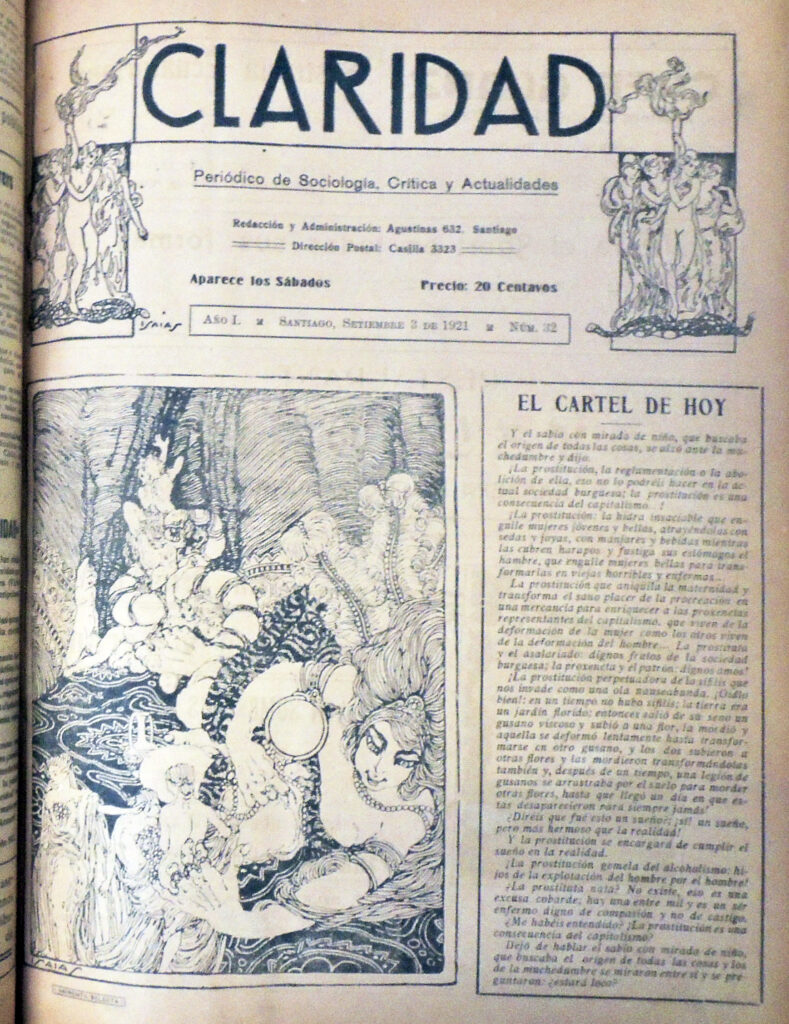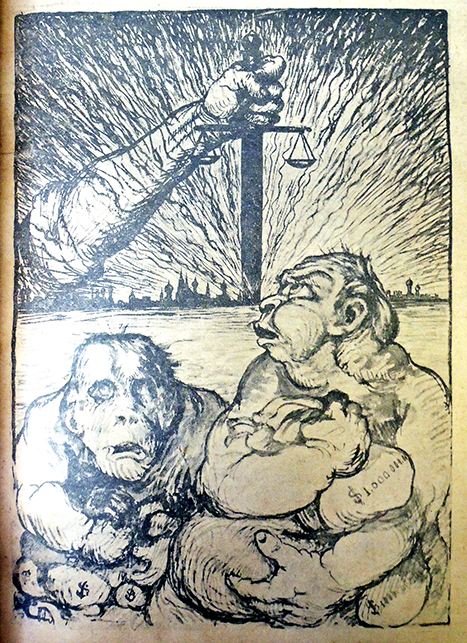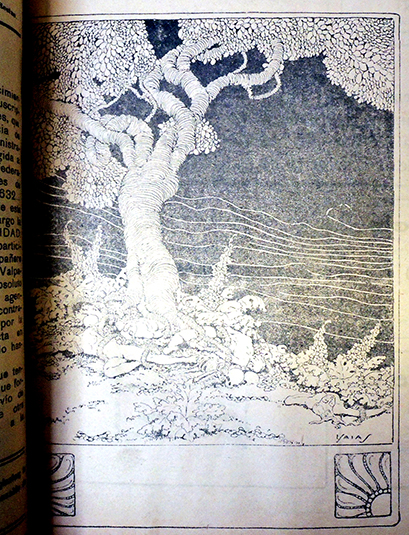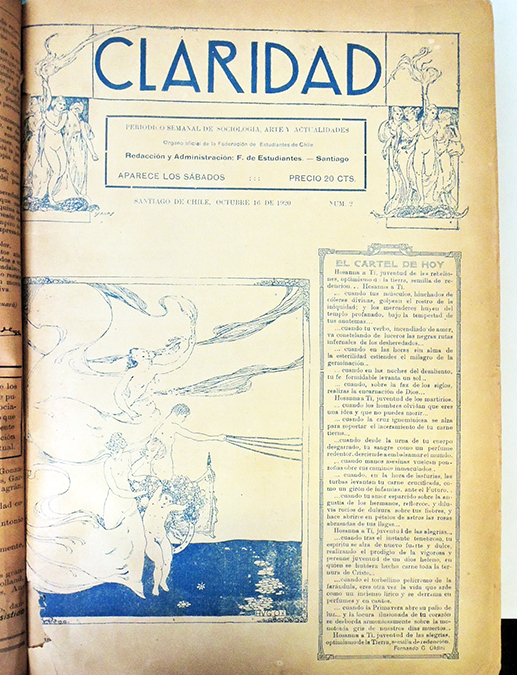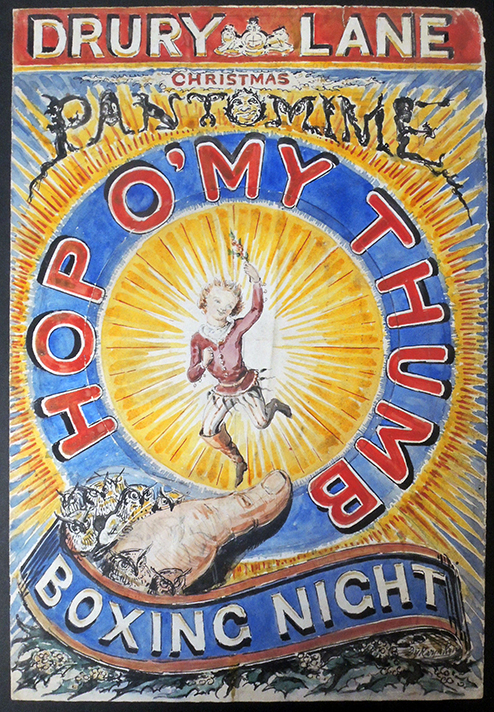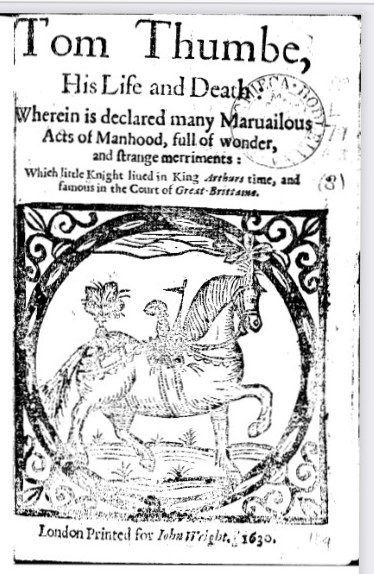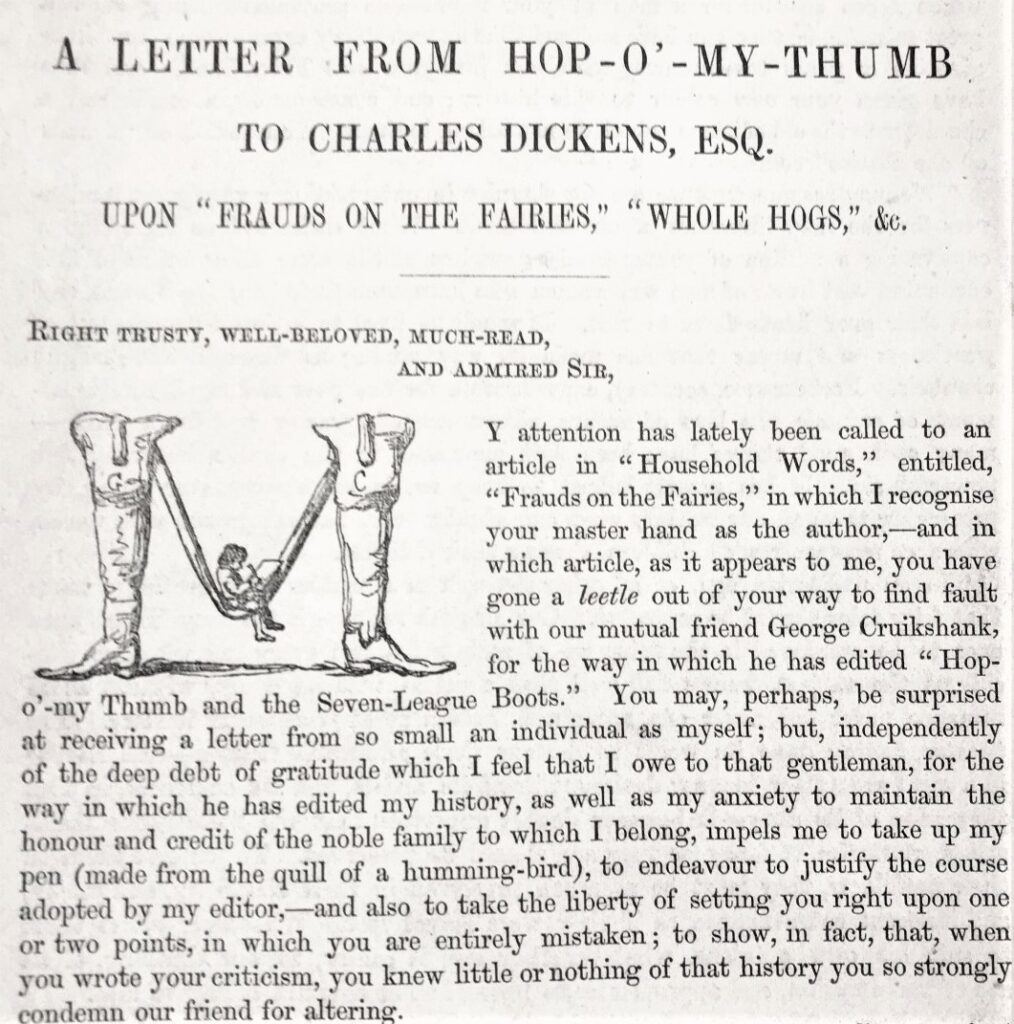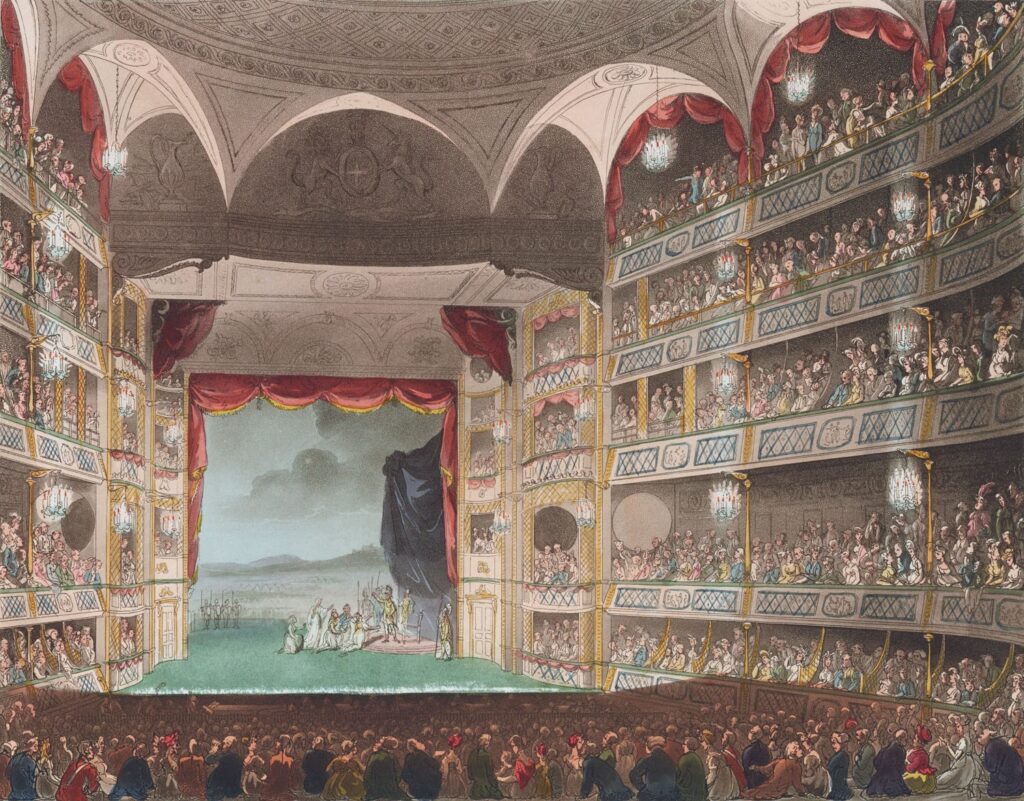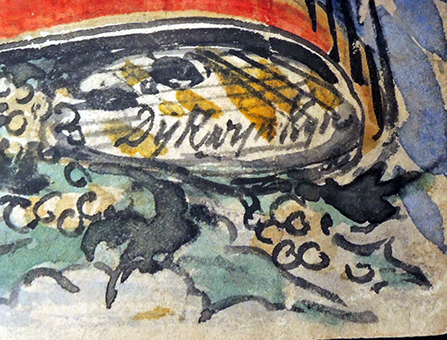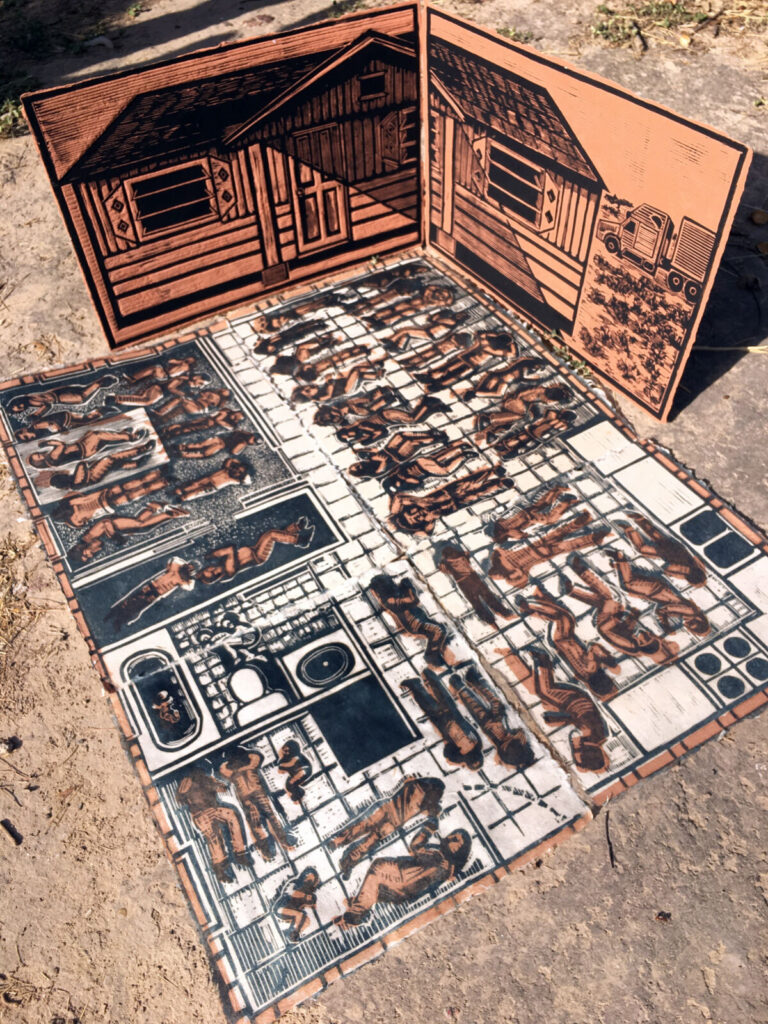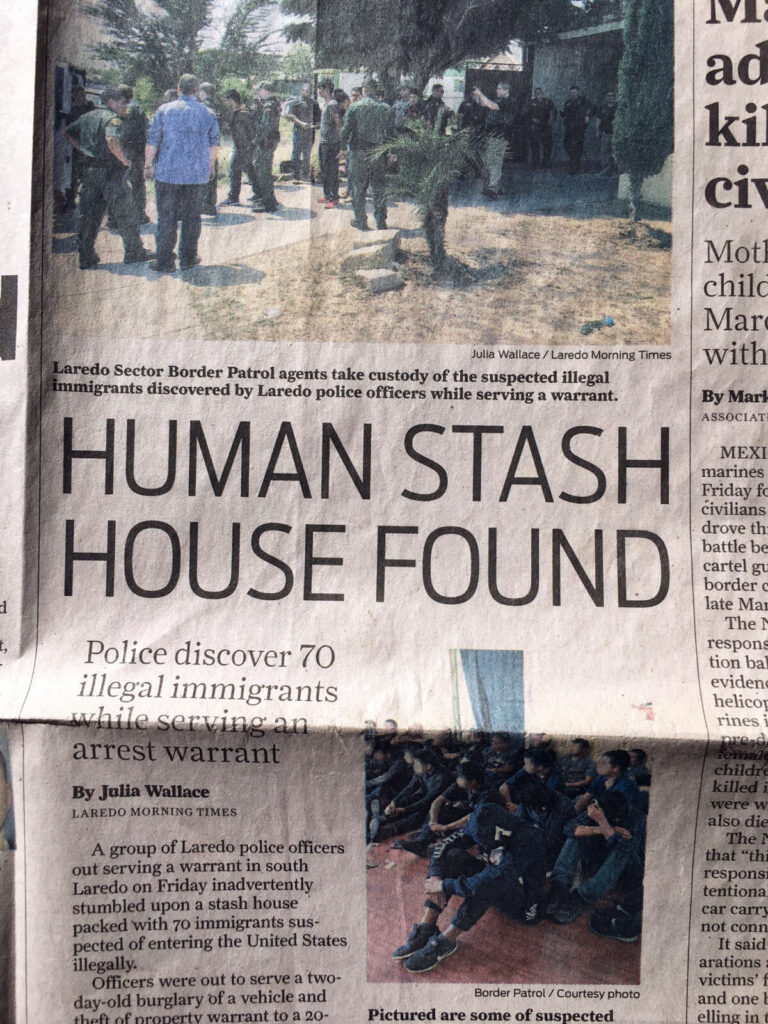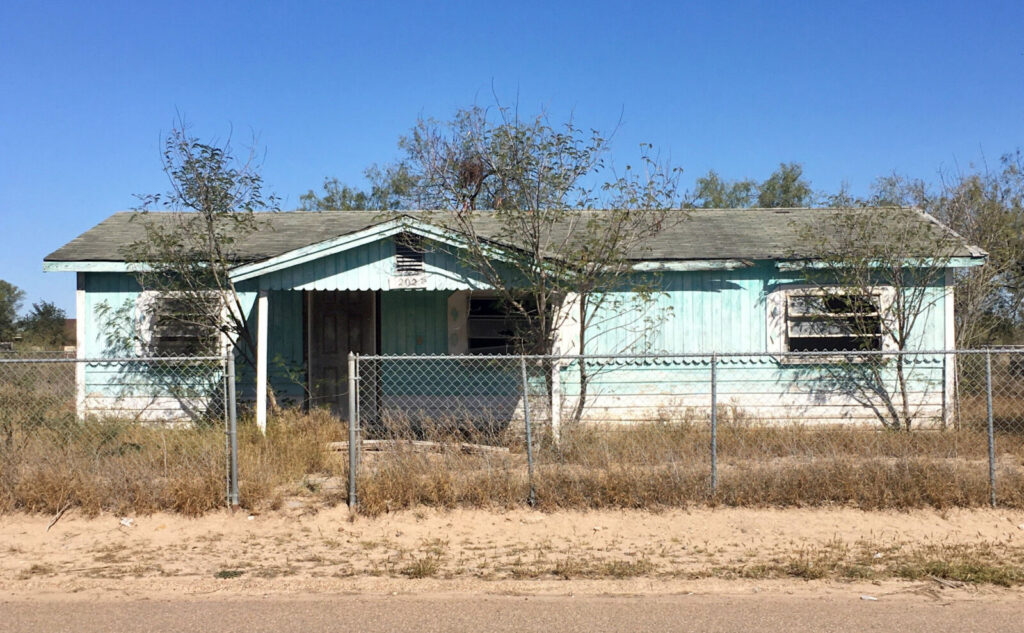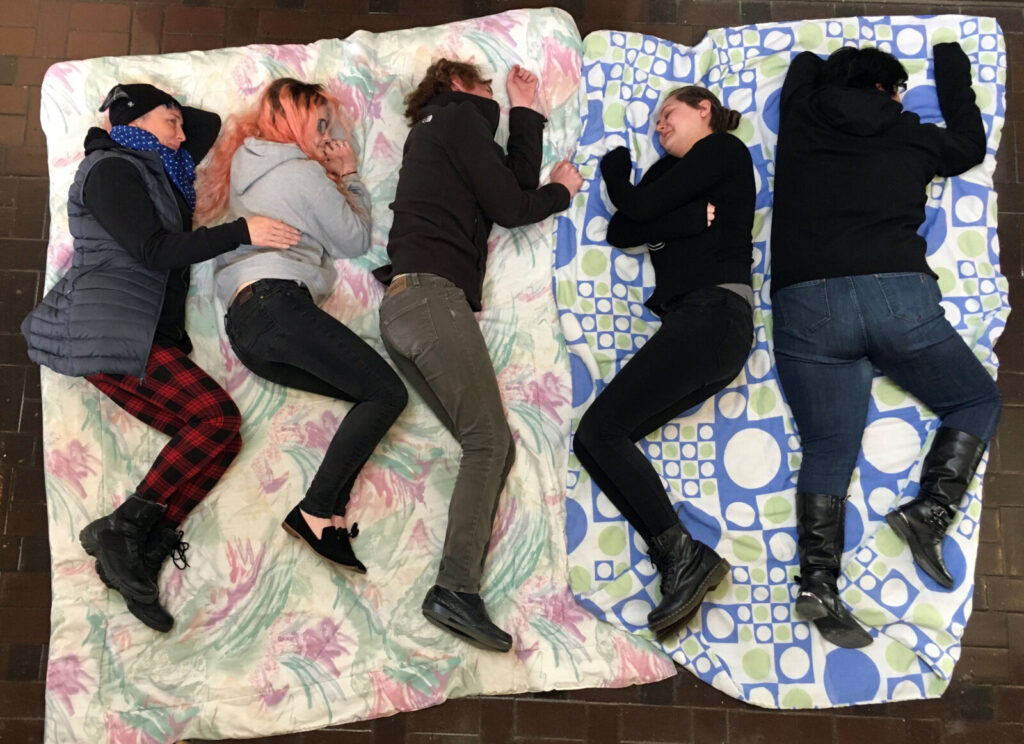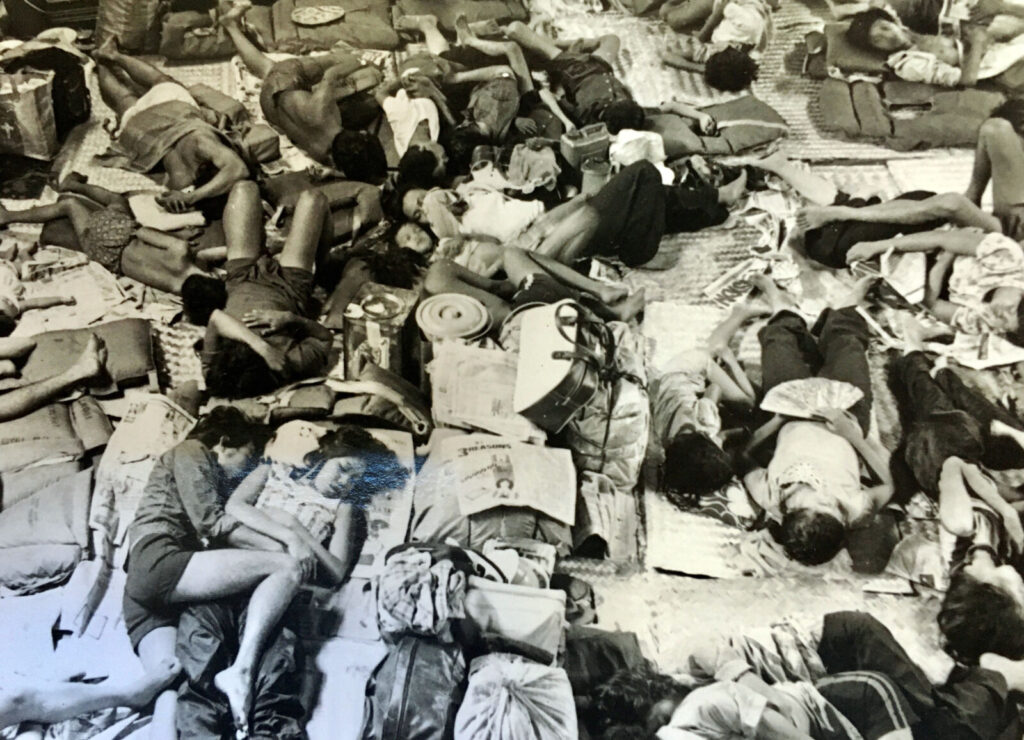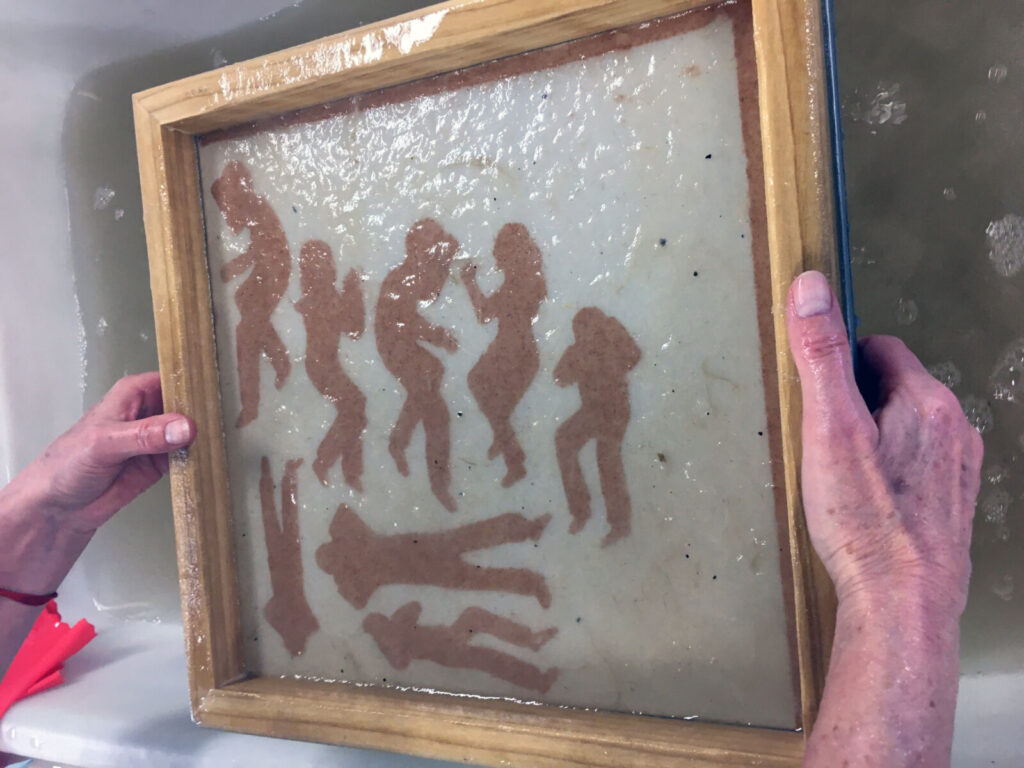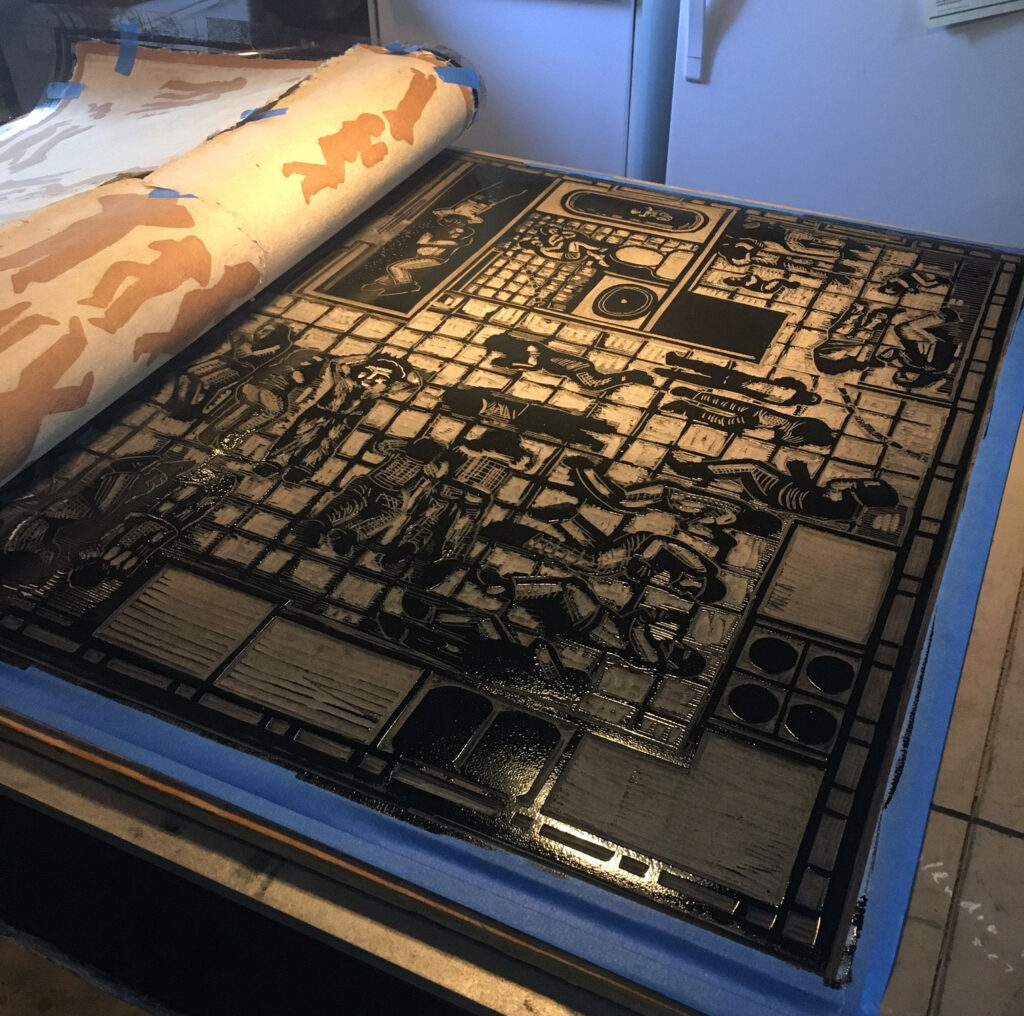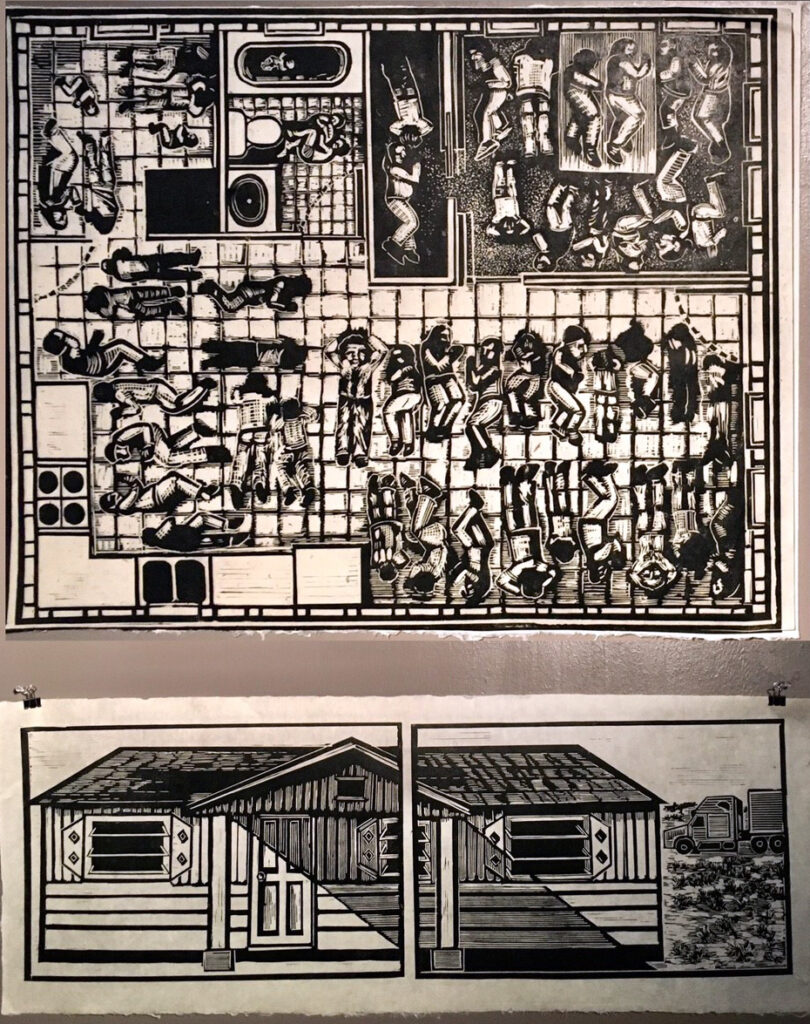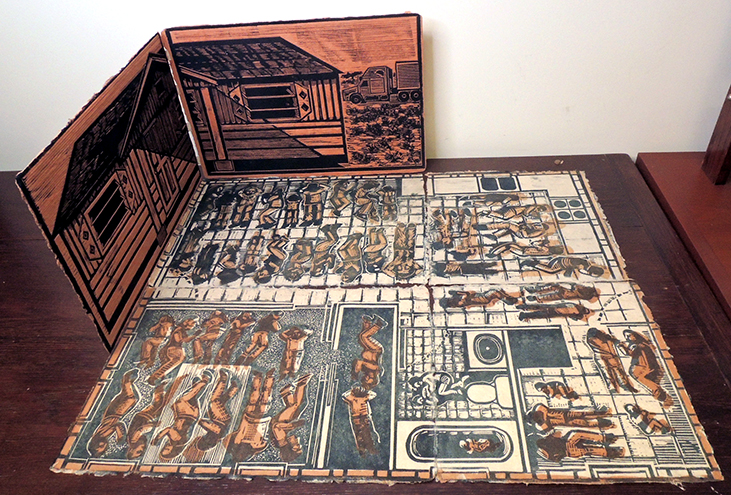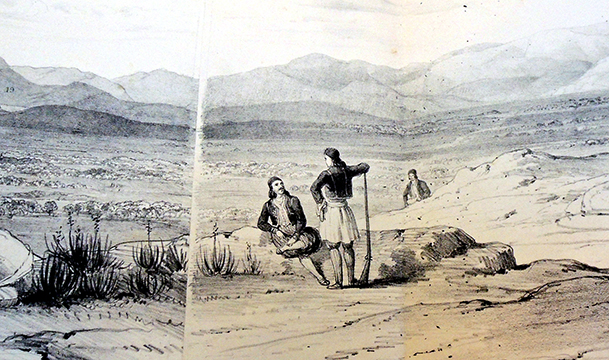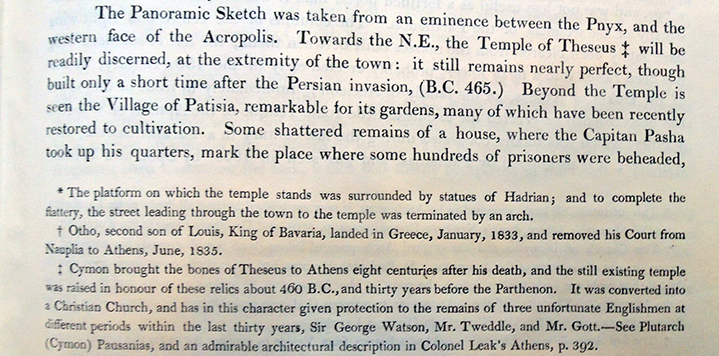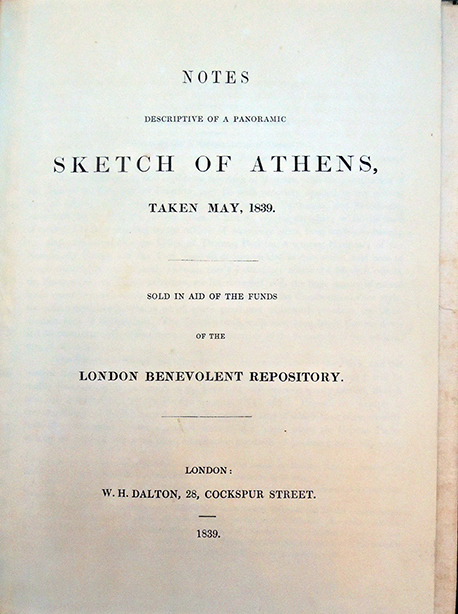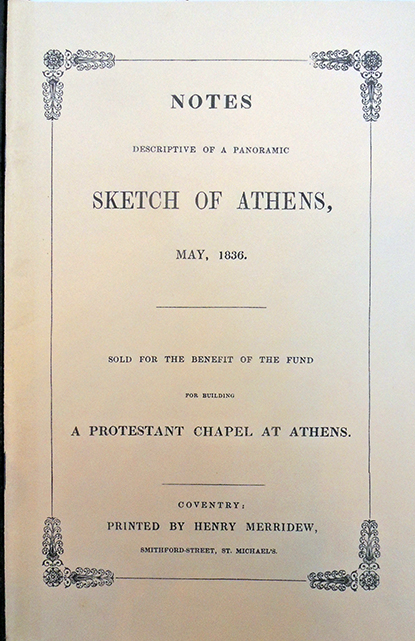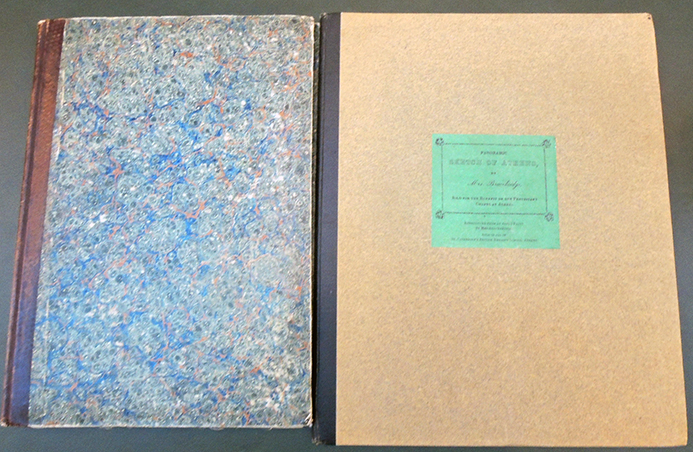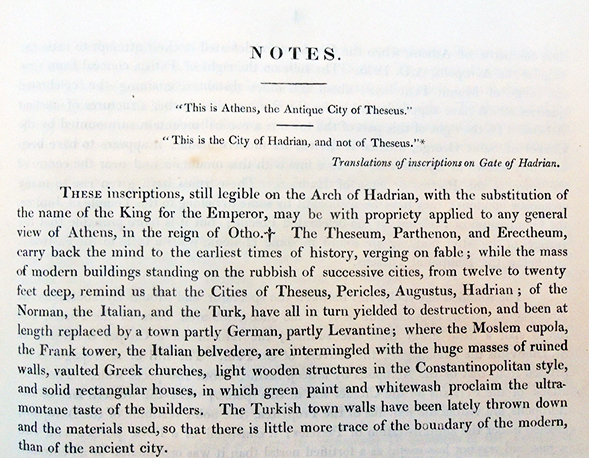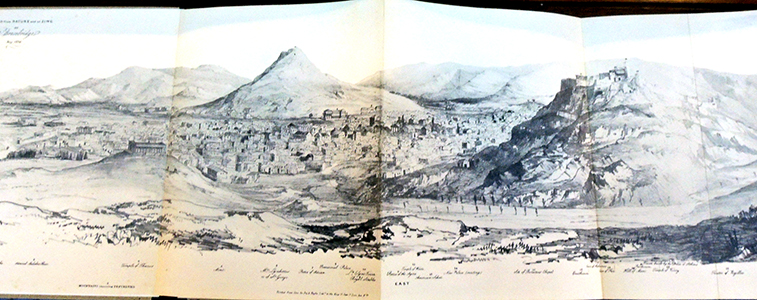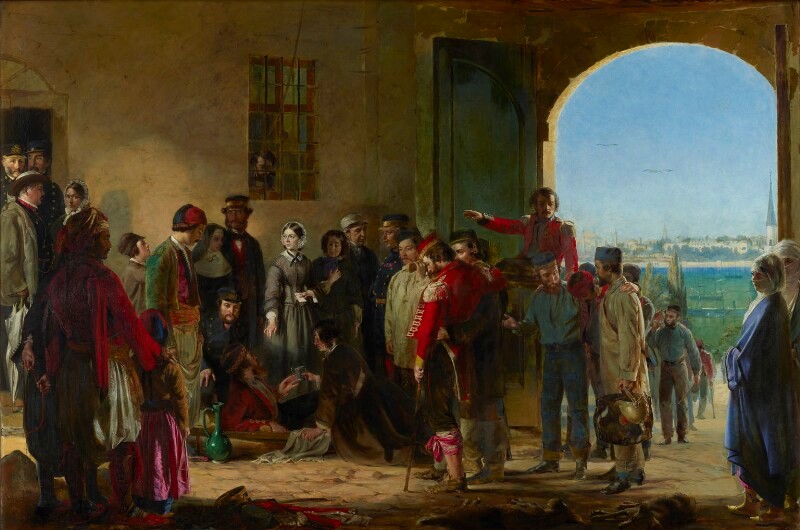 Fragment from Nisha Jha, Incarnation of God as a Corona Warrior, 2020. Ink and acrylic on paper. Graphic Arts Collection GAX 2021- in process
Fragment from Nisha Jha, Incarnation of God as a Corona Warrior, 2020. Ink and acrylic on paper. Graphic Arts Collection GAX 2021- in process
The wonderful thing about these posts is the discussion and research and rethinking they initiate, either immediately or over time. Such is the case with this intriguing new acquisition. We are re-posting with new information and a slightly new interpretation thanks to Ellen Ambrosone and Peter Zirnis.
In this painting, Nisha Jha pairs two figures in one: the god Vishnu and a contemporary medical doctor taking a patient’s temperature with one hand while administering the COVID vaccine with the other: a Corona Warrior! The lifesaving syringe also forms a border isolating and protecting Mithila residents from the virus elsewhere.
This composite figure immediately brings to mind the union of the god Shiva and his wife Parvati in a form known as Ardhanarishvara, the god who is half female. But the chakra, a discus used as a weapon, in the god’s raised hand as well as the conch shells in the border tell us this is Vishnu, the god who periodically comes down to earth to rid the world of evil and restore the divine order. In Corona Warrior Nisha Jha says she presents Vishnu in the form of a doctor to celebrate brave doctors everywhere, their sleepless nights and their absence from their homes. It is through their hard work that “Corona will lose soon and we will win.”
Nisha Kumari’s decision to focus on Vishnu and, purposefully or not, to invoke the easily recognizable male-female form of Shiva and Parvati, allows for a feminist interpretation of the painting. In this work, Vishnu is on the left (for the viewer) as Shiva would be in an image of Ardhanarishvara, and the doctor is on the right as Parvati would be in the same image. Parvati is no ordinary goddess but a form of Shakti, the supreme female force in the universe. Here we see a contemporary expression of the goddess in the form of a doctor battling covid-19 and cleansing the world of an epidemic. One could say we have multiple paintings before us. It’s a matter of looking. If you just see Vishnu you see one painting, if you see Ardhanarishvara you see a different painting. Or you can see them both at the same time for a more complex view of the world expressed in the Corona Warrior.
This is one of a small group of contemporary Mithila paintings Princeton has acquired, also including work by Amrita Jha, Dulari Devi, Shalini Karn, and Naresh Kumar Paswan. Our sincere thanks go to Susan S. Wadley, professor emerita of anthropology at Syracuse University, for her invaluable help in forming this collection. A virtual session will be held in March entitled: Mithila Art in 2020: Life, Labor, and COVID-19 in South Asia.
Nisha Jha has been painting since she was a child and now works with her mother Vinita Jha refining her skills in a village near Madhubani town. She also has a bachelor’s degree in economics. “Nowadays wives and daughters also learn to paint and supplement family income with their work. Instead of going from village to village to show their scrolls, the patuas now exhibit at craft fairs and melas, and sometimes at venues abroad. Their paints were all made from natural plants, but now some of them admit to buying commercial products.” -Geraldine Forbes



